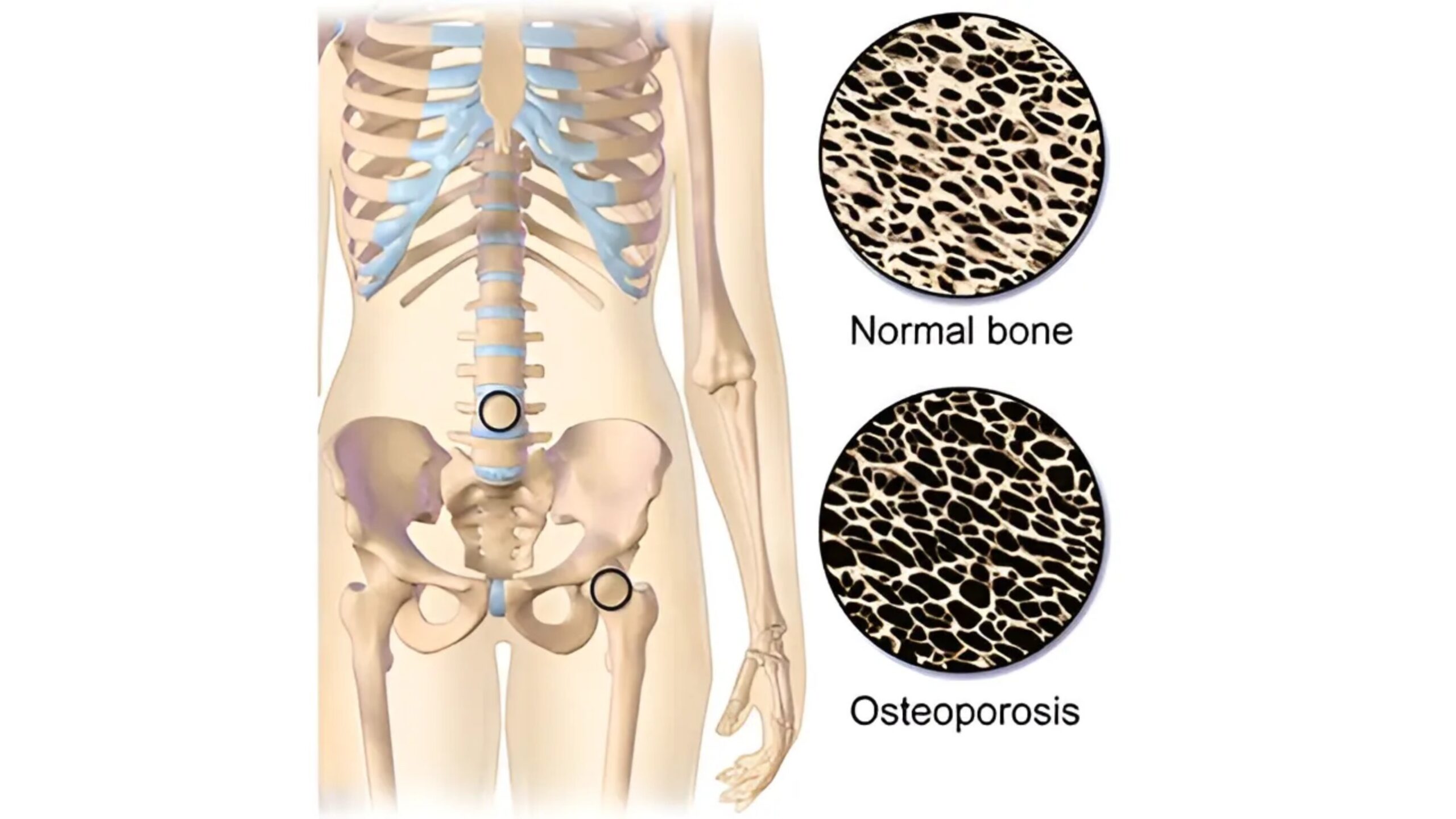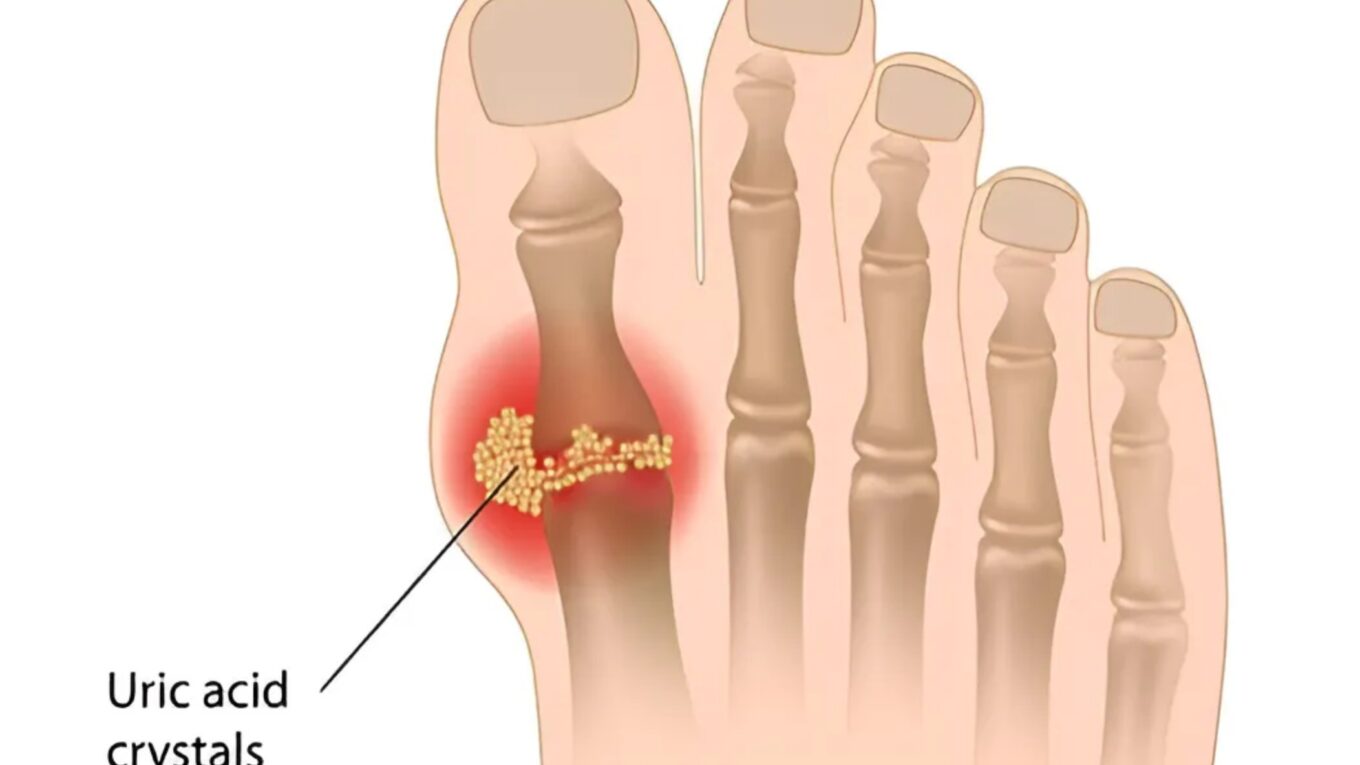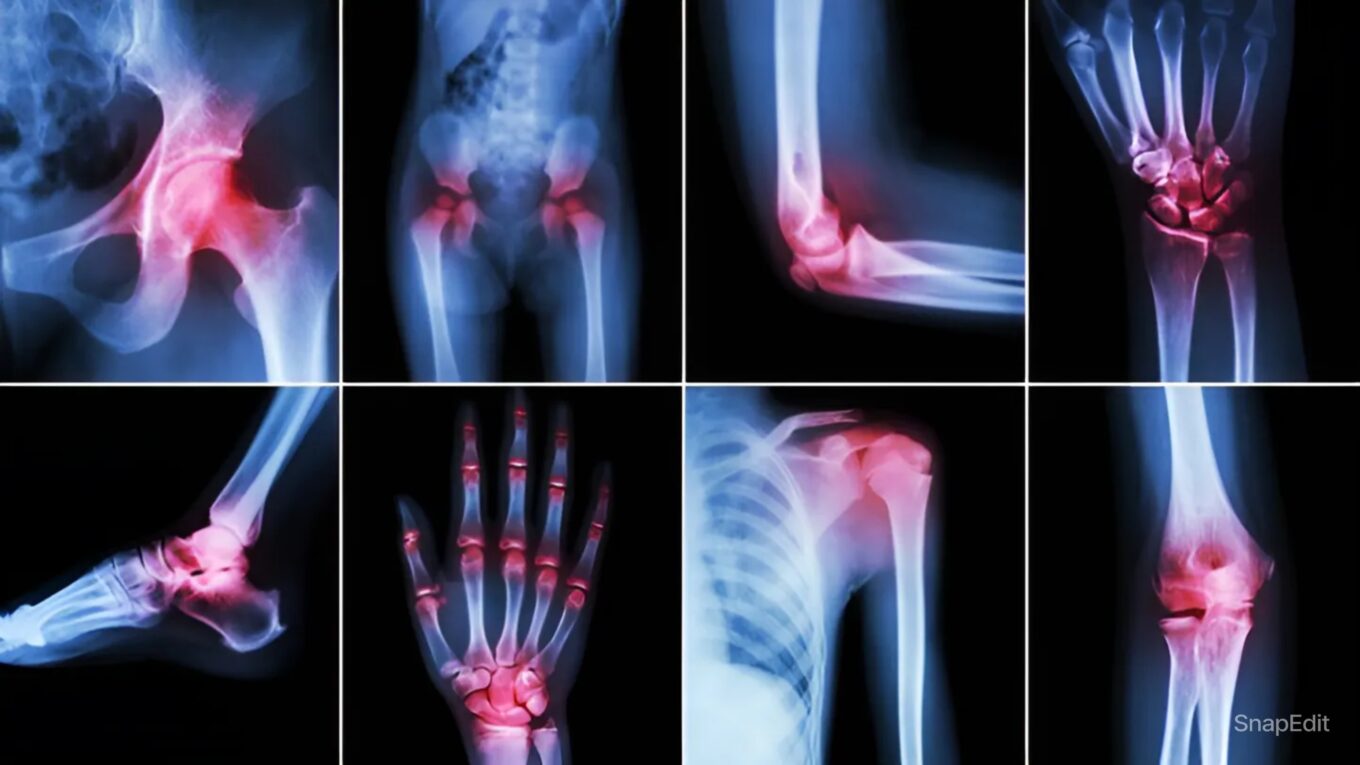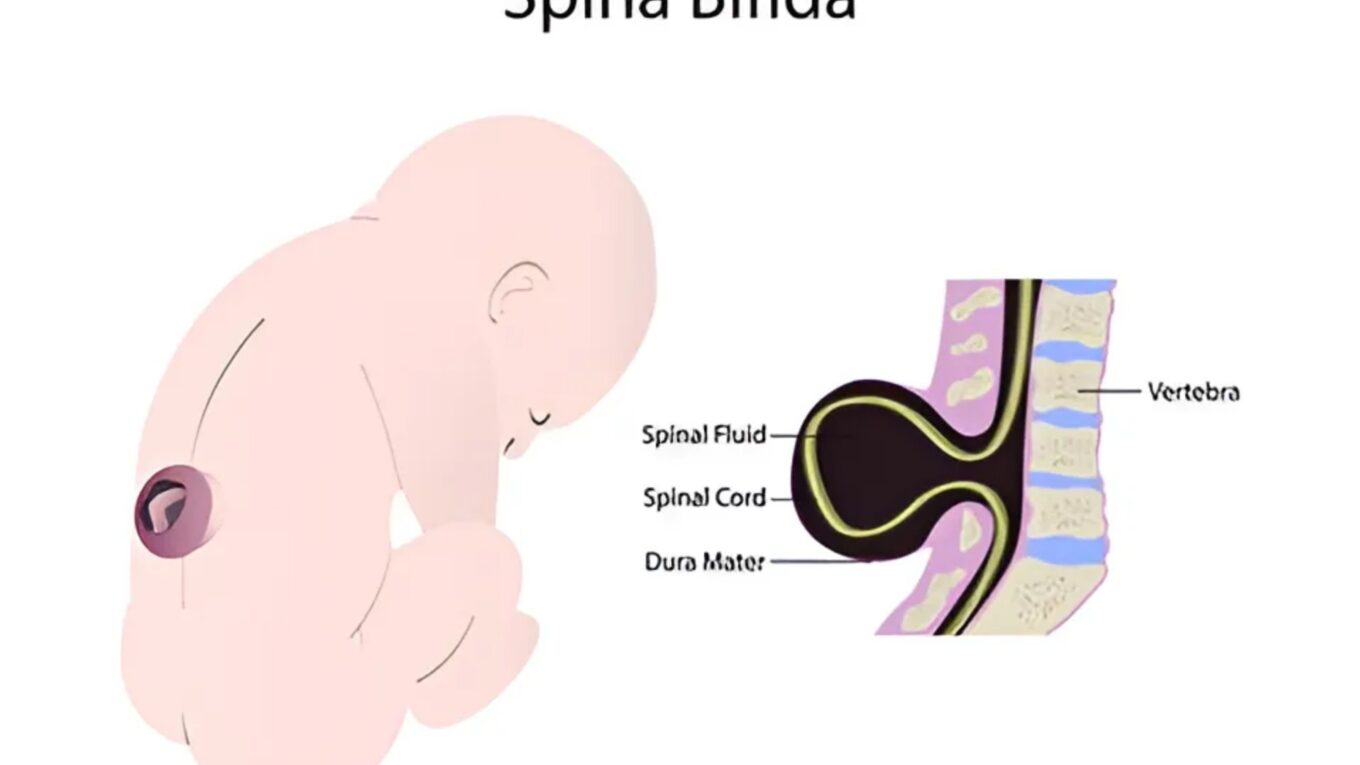Click here to Visit Facebook Page
Osteoporosis, often dubbed the “silent disease,” silently weakens bones, making them fragile and more prone to fractures. It’s a condition that affects millions worldwide, particularly older adults, but it can strike at any age. In this comprehensive guide, we’ll delve into the intricacies of osteoporosis, exploring its causes, symptoms, diagnosis, treatment options, and preventive measures.
Understanding Osteoporosis:
What is Osteoporosis?
Osteoporosis is a bone disease characterized by low bone mass and deterioration of bone tissue. This results in bones becoming porous and brittle, increasing the risk of fractures, even with minor falls or bumps. While bones naturally weaken with age, osteoporosis accelerates this process, making fractures more likely.
Click here to Visit Facebook Page
Causes of Osteoporosis:
Several factors contribute to the development of osteoporosis:
1. Age: Bone density peaks around age 30 and gradually decreases thereafter, making older adults more susceptible to osteoporosis.
2. Gender: Women are more prone to osteoporosis, especially after menopause when estrogen levels decline, affecting bone density.
3.Hormonal Changes: Conditions like hyperthyroidism or low levels of sex hormones (testosterone in men and estrogen in women) can accelerate bone loss.
4. Dietary Factors: Inadequate intake of calcium and vitamin D, essential for bone health, can increase the risk of osteoporosis.
5. Lifestyle Choices: Lack of exercise, smoking, excessive alcohol consumption, and a sedentary lifestyle can weaken bones over time.
6. Genetics: Family history plays a role in determining bone density and susceptibility to osteoporosis.
Click here to Visit Facebook Page
Symptoms of Osteoporosis:
Osteoporosis is often asymptomatic until a fracture occurs. However, some signs to watch out for include:
1. Loss of Height: Due to vertebral compression fractures, leading to a stooped posture.
2. Back Pain: Resulting from collapsed vertebrae.
3. Fractures: Especially in the hip, spine, and wrist, even from minor incidents.
Diagnosing Osteoporosis:
Bone density testing, usually performed using dual-energy X-ray absorptiometry (DXA), is the gold standard for diagnosing osteoporosis. This non-invasive procedure measures bone mineral density (BMD) and compares it to the average peak bone mass of young adults. Other tests, like blood and urine tests, may be conducted to identify underlying causes of bone loss.
Click here to Visit Facebook Page
Treatment Options:
While osteoporosis cannot be cured, several treatment options can help manage the condition and reduce the risk of fractures:
1. Medications: Bisphosphonates, hormone-related therapy (HRT), denosumab, and calcitonin are among the drugs prescribed to slow bone loss and reduce fracture risk.
2. Calcium and Vitamin D Supplements: Ensuring an adequate intake of calcium (1000-1200 mg/day) and vitamin D (800-1000 IU/day) is essential for bone health.
3. Lifestyle Modifications: Regular weight-bearing exercises, such as walking, jogging, or strength training, can help strengthen bones. Quitting smoking and limiting alcohol intake also promote bone health.
4. Fall Prevention: Taking measures to prevent falls, such as removing tripping hazards at home, using handrails on stairs, and wearing appropriate footwear, can prevent fractures, especially in older adults.
Click here to Visit Facebook Page
Preventing Osteoporosis:
Prevention is key to reducing the risk of osteoporosis:
1. Healthy Diet: Consuming a balanced diet rich in calcium and vitamin D through dairy products, leafy greens, fortified foods, and supplements if necessary.
2. Regular Exercise: Engaging in weight-bearing and muscle-strengthening exercises regularly to maintain bone density and strength.
3. Avoiding Smoking and Excessive Alcohol: Both smoking and heavy alcohol consumption can weaken bones, so quitting smoking and limiting alcohol intake is crucial.
4. Bone Density Testing: Regular screenings for osteoporosis, especially for individuals at higher risk, can help detect the condition early and initiate appropriate interventions.
Conclusion:
Osteoporosis may be a silent disease, but its impact on individuals’ quality of life can be profound. By understanding its causes, symptoms, diagnosis, and treatment options, individuals can take proactive steps to prevent and manage osteoporosis effectively. With a combination of healthy lifestyle choices, appropriate medical interventions, and regular monitoring, it’s possible to mitigate the risks associated with osteoporosis and maintain strong and healthy bones throughout life.




